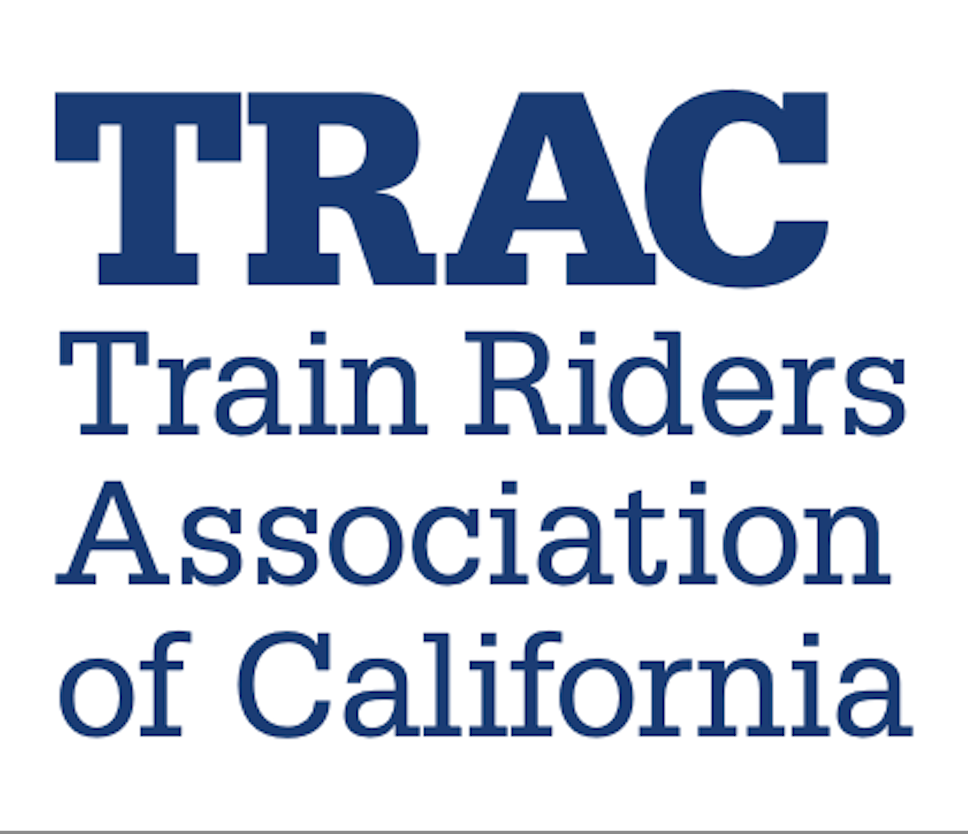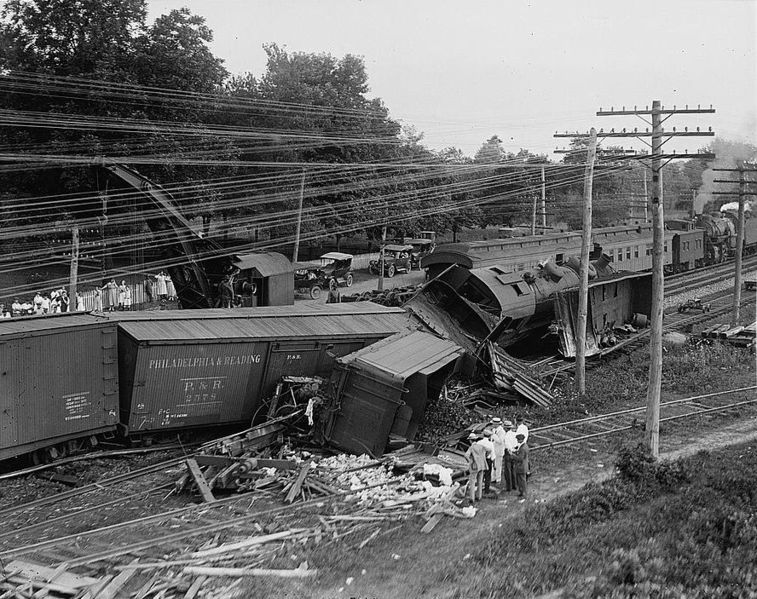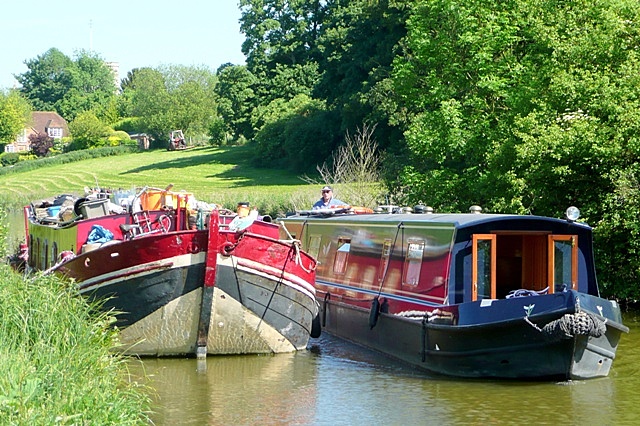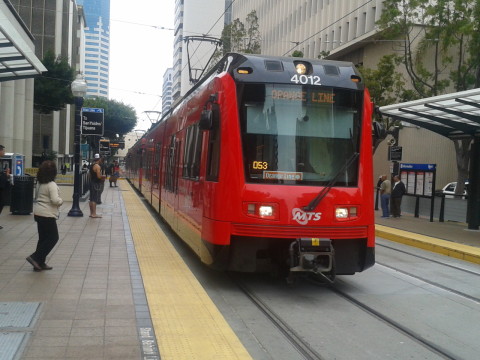what’s trending
popular news & articles
By David Schonbrunn, TRAC President Editor’s Note: These comments were […]
We have gathered links to selected news items over the […]
In the 1960’s, fighters of urban freeways often made the […]
By David Schonbrunn, President, TRAC This past Thursday, June 11th, […]
Many have blamed subways and buses for coronavirus outbreaks, but […]
weekly popular
Renew Your Annual TRAC Membership OR Donate
About TRAC Membership
Important note: donations to TRAC are NOT tax deductible. We take political positions on rail issues, sometimes lobby the legislature, and occasionally take positions on ballot issues.
If you prefer to join TRAC or renew an existing membership the “old fashioned way” via check, please download this form.



